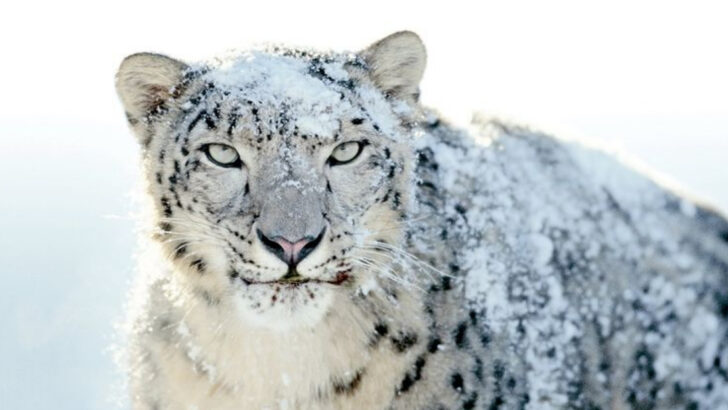If these animals disappear, everything starts to fall apart.
We’re talking keystones—species that hold entire ecosystems together.
Take them out of the picture, and food chains collapse, forests shift, oceans darken.
They don’t just matter. They’re essential.
Some are tiny. Some are fierce.
All of them quietly pull the strings behind the natural world.
Bees that keep crops alive. Wolves that shape rivers. Coral that builds underwater cities.
This isn’t about saving animals just because they’re cute.
It’s about survival—for them and for us.
These 21 species aren’t optional. They’re the glue, the gears, the guardians.
And they’re in trouble.
Amur Leopard

The elusive Amur leopard prowls the dense forests of Russia, known for its striking spotted coat. This magnificent cat faces threats from habitat loss and poaching. With fewer than 100 individuals left, its survival hangs in the balance. Did you know that the Amur leopard can leap over 19 feet in a single bound? Its agility and grace make it a formidable hunter. Conservation efforts focus on protecting its habitat and reducing human-wildlife conflict. Without immediate action, we risk losing this extraordinary feline forever.
Vaquita

The vaquita, a small porpoise with a shy demeanor, inhabits the Gulf of California. It’s critically endangered due to illegal fishing practices. A mere 10 individuals remain, making it the world’s most endangered marine mammal. Efforts to save the vaquita focus on eliminating illegal gillnets and promoting sustainable fishing. This gentle creature symbolizes the urgent need for marine conservation. Imagine a world without the vaquita’s gentle presence; the loss would echo across the marine food chain, disrupting delicate ecosystems.
Mountain Gorilla

In the misty mountains of central Africa, the mountain gorilla thrives in family groups. These gentle giants are threatened by habitat destruction and poaching. With just over 1,000 individuals remaining, they symbolize hope for conservation success. Did you know mountain gorillas share 98% of their DNA with humans? Their intelligence and social bonds are remarkable. Conservation efforts focus on habitat protection and anti-poaching initiatives. Losing these majestic creatures would mean losing a part of our own evolutionary history.
Sumatran Elephant
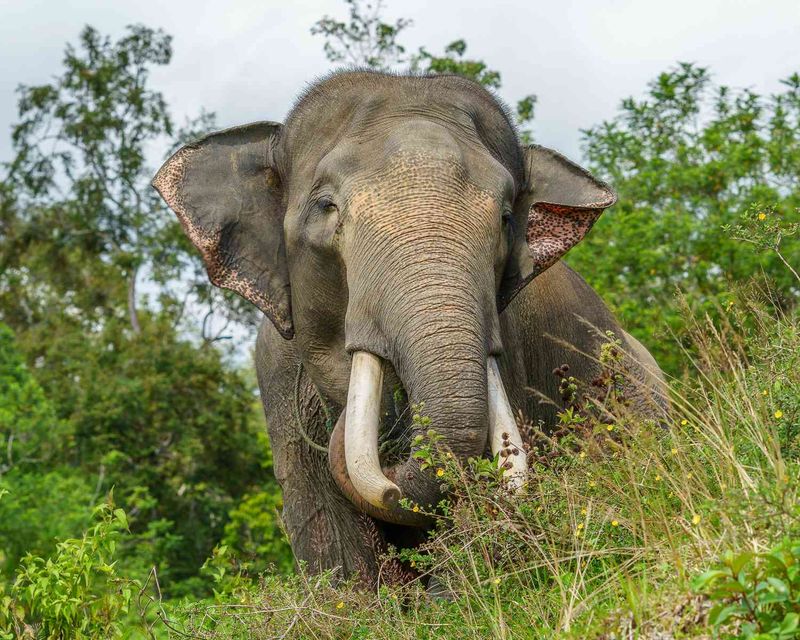
The Sumatran elephant, a gentle giant of Indonesia’s rainforests, faces habitat loss and human-elephant conflict. With a population decline of 70% in the past three generations, its future is precarious. This elephant plays a crucial role in seed dispersal, aiding forest regeneration. Did you know these elephants can communicate through low-frequency sounds that travel long distances? Conservation efforts aim to protect their habitat and mitigate conflicts with humans. Preserving the Sumatran elephant is vital for the health of tropical ecosystems.
Hawksbill Turtle
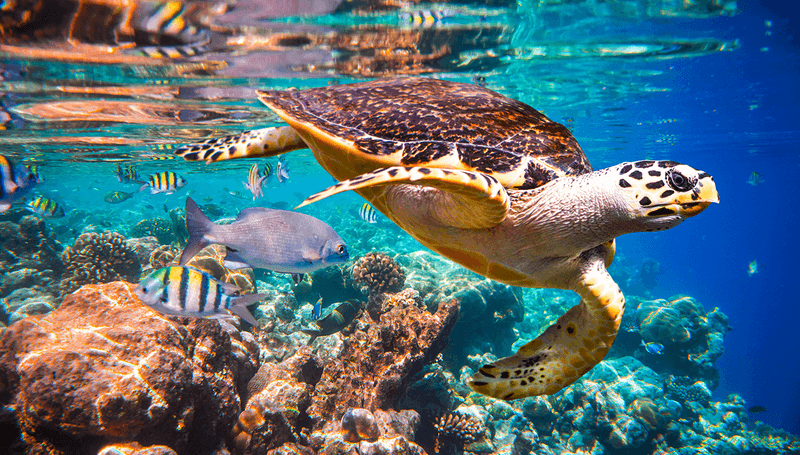
The hawksbill turtle, with its beautiful shell, is a guardian of coral reefs. Overexploitation for its shell has led to drastic population declines. This sea turtle is a key player in maintaining healthy reef ecosystems. Did you know hawksbill turtles help control sponge populations, benefiting coral health? Conservation efforts focus on protecting nesting sites and reducing illegal trade. Imagine the loss of coral reefs without these turtles; the cascading effects would be devastating for marine biodiversity.
Snow Leopard
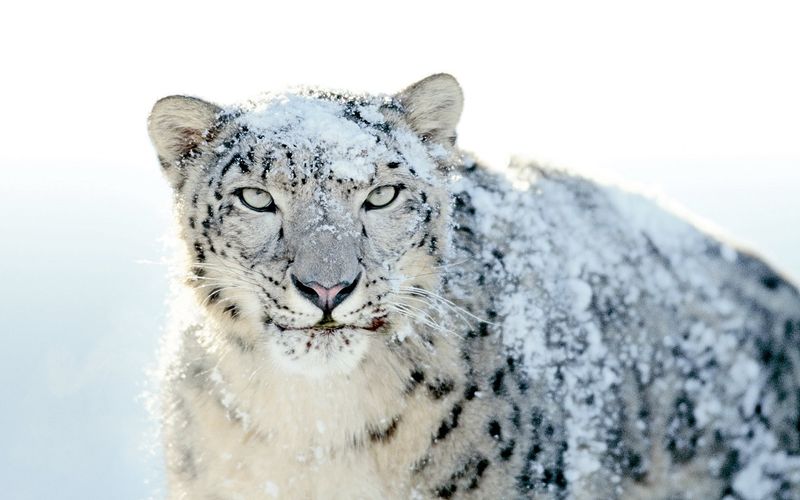
Majestic and elusive, the snow leopard roams the rugged mountains of Central Asia. Its survival is threatened by poaching and habitat loss. These big cats are adapted to harsh, cold environments, with thick fur and powerful limbs. Did you know their long tails help them maintain balance on steep terrain? Snow leopards are apex predators, crucial for controlling prey populations like ibex and blue sheep. Conservation efforts aim to protect their habitat and reduce human-wildlife conflict, ensuring their survival.
Javan Rhino

The Javan rhino, one of the rarest large mammals, is found only in Indonesia’s Ujung Kulon National Park. With fewer than 80 individuals left, it faces threats from habitat loss and natural disasters. Did you know each Javan rhino has a unique skin pattern, much like a fingerprint? This solitary creature plays a vital role in shaping vegetation through its feeding habits. Conservation efforts focus on habitat protection and monitoring. The loss of the Javan rhino would be a devastating blow to biodiversity.
Asian Elephant

The Asian elephant, revered in many cultures, is a keystone species in its habitat. It faces threats from habitat fragmentation and human conflict. These intelligent giants maintain forest health by dispersing seeds and creating clearings. Did you know Asian elephants have complex social structures led by matriarchs? Conservation efforts focus on protecting corridors and reducing human-elephant conflicts. Imagine a world without elephants; their absence would disrupt ecosystems and cultural heritage. Protecting them is crucial for biodiversity and cultural preservation.
Siberian Tiger

The Siberian tiger, the largest of all cats, roams the forests of the Russian Far East. Known for its strength and beauty, it faces threats from poaching and habitat loss. These tigers are apex predators, controlling prey populations like deer and boar. Did you know Siberian tigers can travel over 620 miles in search of food? Conservation efforts aim to protect their habitat and reduce poaching. Losing these majestic creatures would mean the loss of a symbol of wilderness and strength.
Orangutan

With a gentle gaze and wise demeanor, the orangutan swings gracefully through Borneo’s rainforests. These intelligent primates face threats from deforestation and the palm oil industry. Did you know orangutans share 97% of their DNA with humans? They exhibit remarkable tool use and problem-solving skills. Conservation efforts focus on habitat preservation and sustainable agriculture. Imagine losing the orangutan; it would mean losing a vital part of the forest’s ecological balance and a key connection to our evolutionary past.
Black Rhino

With its imposing horn and thick skin, the black rhino is a symbol of Africa’s wilderness. Poaching for its horn has brought it to the brink of extinction. These herbivores play a crucial role in shaping vegetation and maintaining savannah ecosystems. Did you know black rhinos have a prehensile upper lip to grasp leaves and twigs? Conservation efforts focus on anti-poaching measures and habitat protection. The loss of the black rhino would mean losing an irreplaceable part of Africa’s natural heritage.
Giant Panda
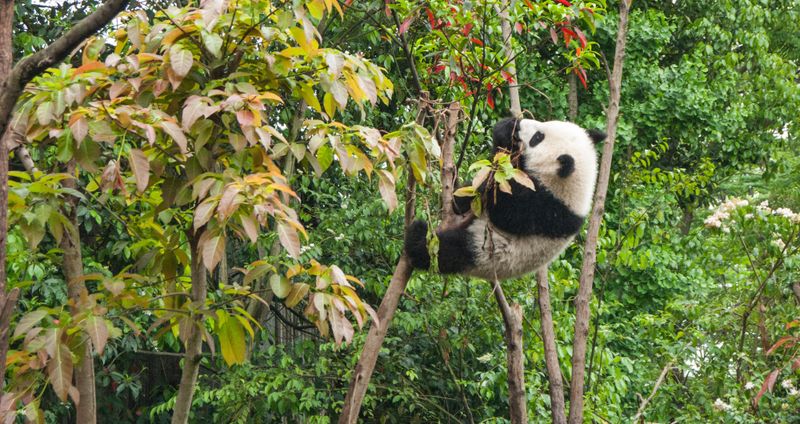
With its distinctive black and white coat, the giant panda symbolizes wildlife conservation. Native to China’s bamboo forests, it faces threats from habitat loss and low birth rates. Did you know giant pandas spend up to 14 hours a day eating bamboo? Their role in seed dispersal and forest regeneration is vital. Conservation efforts focus on habitat protection and increasing genetic diversity. Imagine a world without pandas; their loss would mean losing an icon of conservation efforts and a unique species.
African Elephant
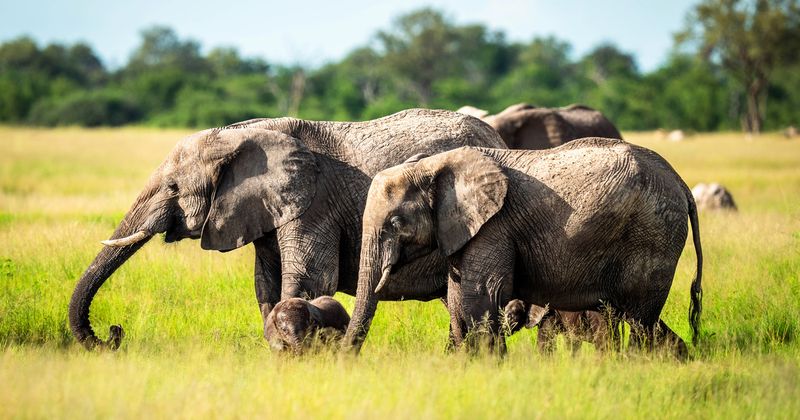
The African elephant, the largest land animal, roams the vast savannahs. It faces threats from poaching and habitat fragmentation. These giants shape their environment by uprooting trees and creating water holes. Did you know African elephants have complex social structures and mourn their dead? Conservation efforts focus on anti-poaching measures and habitat corridors. The loss of these elephants would disrupt ecosystems and cultural heritage. Protecting them is crucial for biodiversity and the preservation of Africa’s natural beauty.
Blue Whale

The blue whale, the largest creature to ever exist, glides through the depths of the ocean. These gentle giants face threats from ship strikes and climate change. Did you know a blue whale’s heart is the size of a small car? They play a crucial role in the marine ecosystem by distributing nutrients through their feces. Conservation efforts focus on reducing ship collisions and protecting feeding grounds. Imagine losing the blue whale; their absence would be felt across the ocean’s intricate web of life.
Western Lowland Gorilla

With soulful eyes and a gentle nature, the western lowland gorilla inhabits the forests of central Africa. These primates face threats from hunting and disease. Did you know they use tools and have complex social structures? Conservation efforts focus on habitat protection and disease prevention. The loss of these gorillas would mean losing vital seed dispersers and a key component of the forest ecosystem. Their protection is crucial for biodiversity and the preservation of Africa’s natural beauty.
Sea Otter

Playful and curious, the sea otter is a keystone species in the kelp forests of the Pacific Ocean. They face threats from pollution and oil spills. Did you know sea otters use rocks as tools to open shellfish? Their role in controlling sea urchin populations is vital for kelp forest health. Conservation efforts focus on habitat protection and pollution reduction. Imagine a world without sea otters; their absence would lead to the decline of kelp forests and a loss of marine biodiversity.
Bonobo

Known for their peaceful societies, bonobos inhabit the rainforests of the Congo Basin. These intelligent primates face threats from habitat loss and hunting. Did you know bonobos share over 98% of their DNA with humans, displaying empathy and cooperation? Conservation efforts focus on habitat preservation and anti-poaching measures. The loss of bonobos would mean losing a unique species that offers insights into human behavior and social evolution. Protecting them is crucial for biodiversity and scientific understanding.
Red Wolf
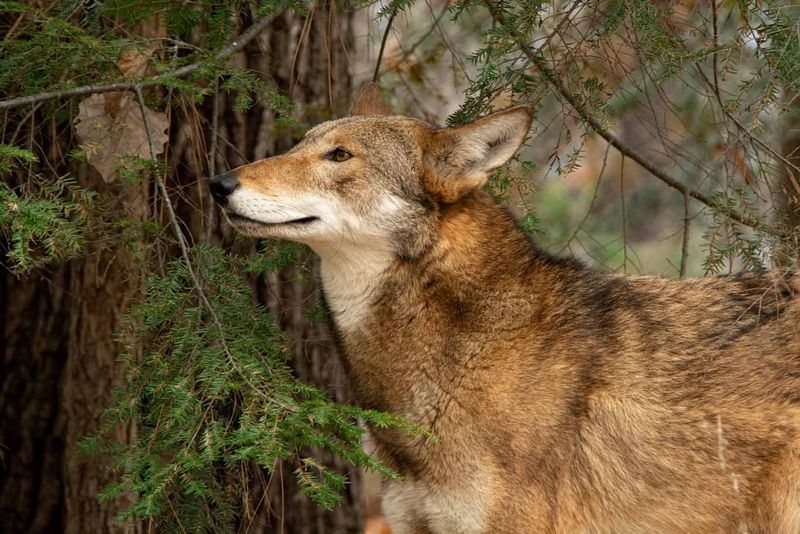
The red wolf, a symbol of the American wild, roams the wetlands of the southeastern United States. Critically endangered, it faces threats from habitat loss and hybridization with coyotes. Did you know red wolves are one of the world’s rarest canines, with fewer than 20 individuals in the wild? Conservation efforts focus on habitat protection and breeding programs. The loss of the red wolf would mean losing a vital predator that helps maintain ecological balance in its habitat.
Galápagos Penguin
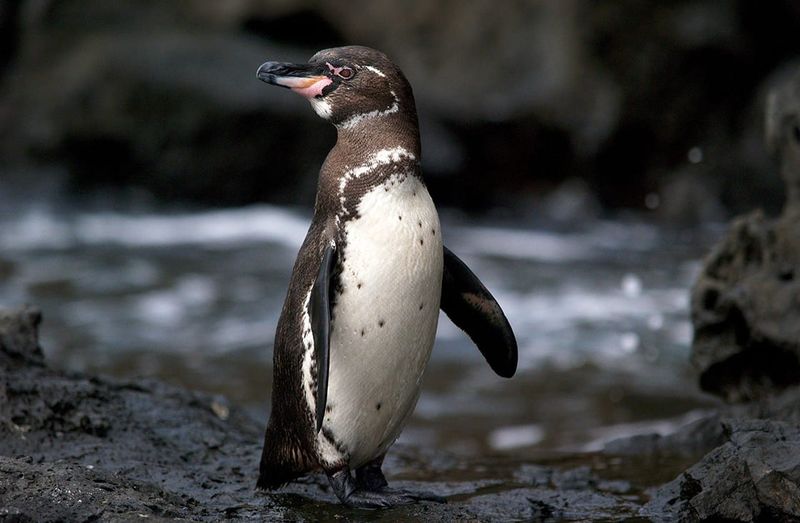
The Galápagos penguin, the only penguin found north of the equator, faces threats from climate change and overfishing. These small birds are adapted to warm climates, relying on cold ocean currents. Did you know they’re agile swimmers, using their wings to ‘fly’ underwater? Conservation efforts focus on habitat protection and monitoring climate impacts. Imagine the Galápagos without its iconic penguins; their loss would signal changing ecosystems and the effects of a warming planet.
Saola

Often called the ‘Asian unicorn,’ the saola is one of the world’s rarest mammals, found only in the Annamite Mountains of Vietnam and Laos. They face threats from hunting and habitat loss. Did you know saolas have distinctive white markings on their faces? Conservation efforts focus on habitat protection and anti-poaching measures. The loss of the saola would mean losing a unique species that has intrigued scientists and conservationists alike. Protecting them is crucial for regional biodiversity.
Leatherback Sea Turtle
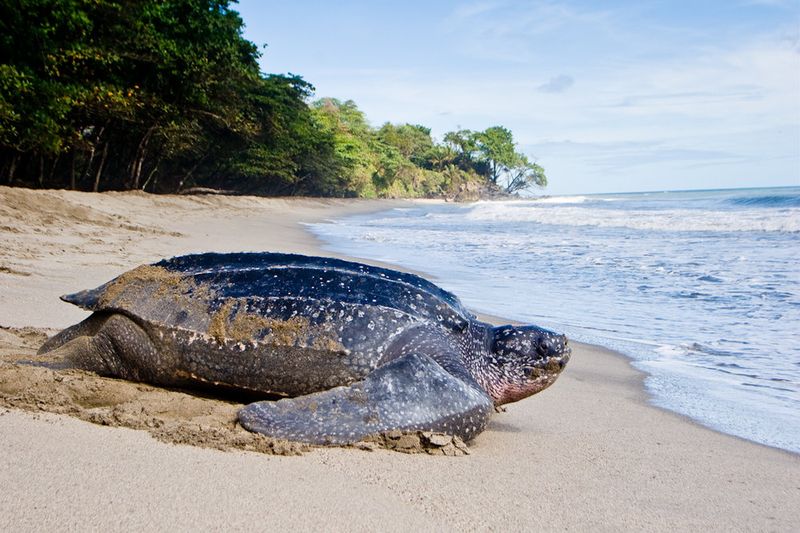
The leatherback sea turtle, the largest of all turtles, migrates across oceans. They face threats from plastic pollution and egg poaching. Did you know leatherbacks can dive over 3,000 feet deep in search of jellyfish? Their role in controlling jellyfish populations is vital for marine ecosystems. Conservation efforts focus on protecting nesting sites and reducing ocean pollution. Imagine a world without leatherbacks; their absence would lead to imbalanced marine ecosystems and a loss of oceanic wonders.

